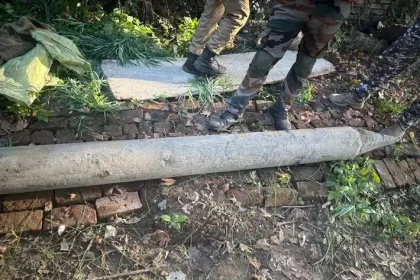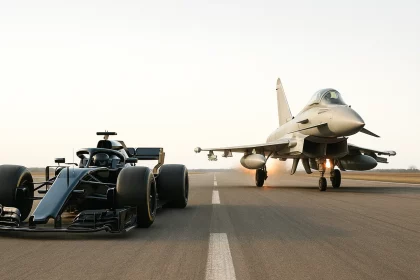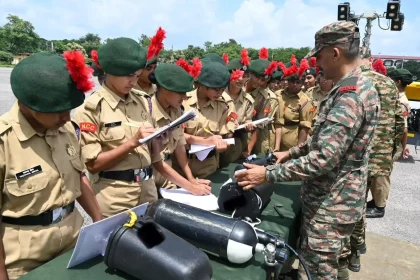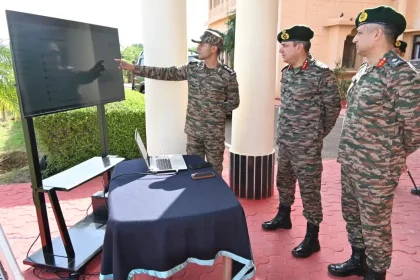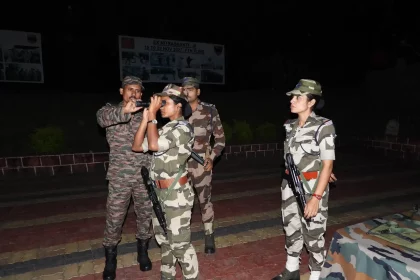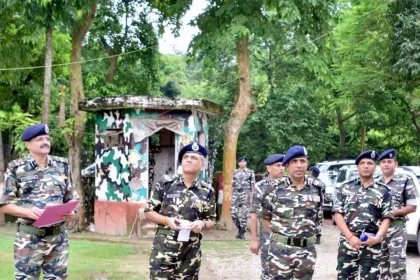Remains of Pakistani Fatah-1 Missile from Operation Sindoor Recovered During Dal Lake Cleanup in Srinagar
Remains of Pakistani Fatah-1 Missile from Operation Sindoor found near Oont Kadal during Dal Lake cleaning drive, sent for forensic…
Can a Formula 1 Car Outrun a Fighter Jet?
These comparisons aren't just fun; they showcase technological synergies.
NCC Cadets Witness Indian Army’s Modern Weapons and Equipment Display at Thal Sainik Camp 2025
The Basantar Brigade under Bison Division provides NCC cadets with a first-hand experience of modern military capabilities, operational readiness, and…
Lt Gen AVS Rathee Reviews Operational Preparedness of Battle Axe Division
The visit highlighted the Division’s continuous efforts in aligning training with the requirements of modern warfare.
Indian Army’s Shivneri Brigade Conducts Counter-Terrorism Capsule for CISF Personnel in Pune
In a significant step towards strengthening military-civil cooperation, the Shivneri Brigade under the aegis of the Golden Katar Division successfully…
DG SSB Sanjay Singhal Reviews Operational Preparedness on Indo-Nepal Border
DG SSB interacts with troops, emphasizes vigilance and morale during inspection of BOPs under 3rd Battalion on Indo-Nepal border.

